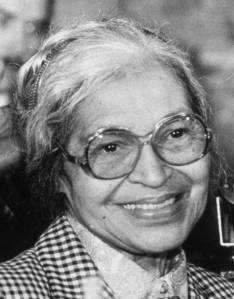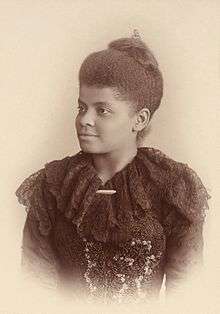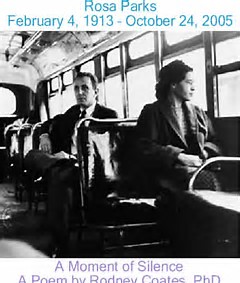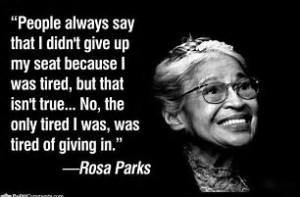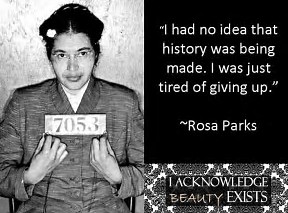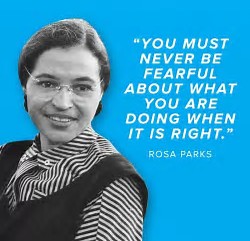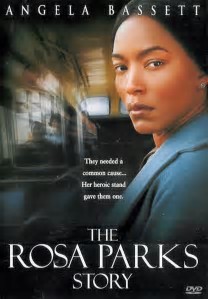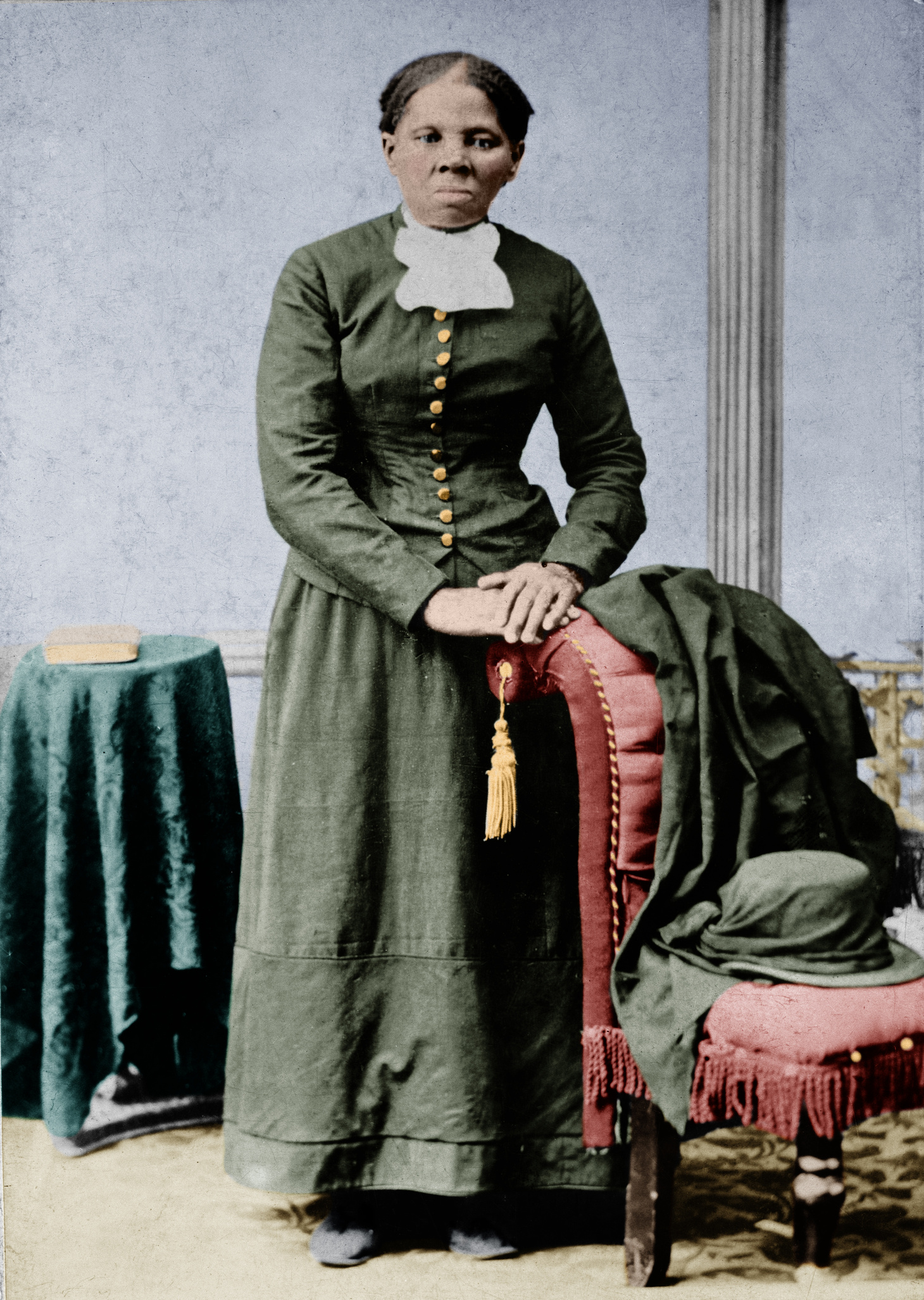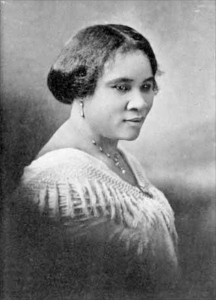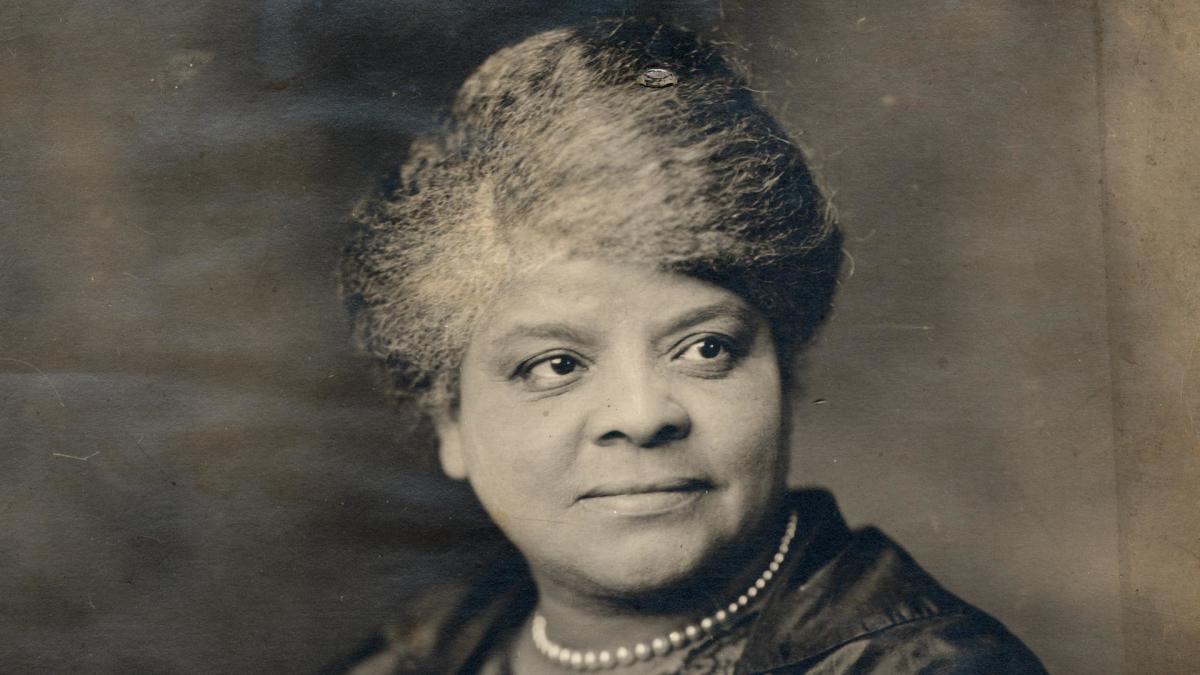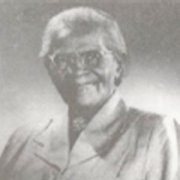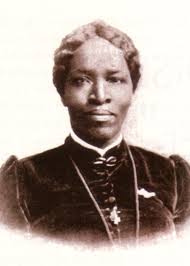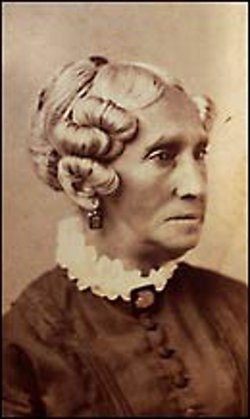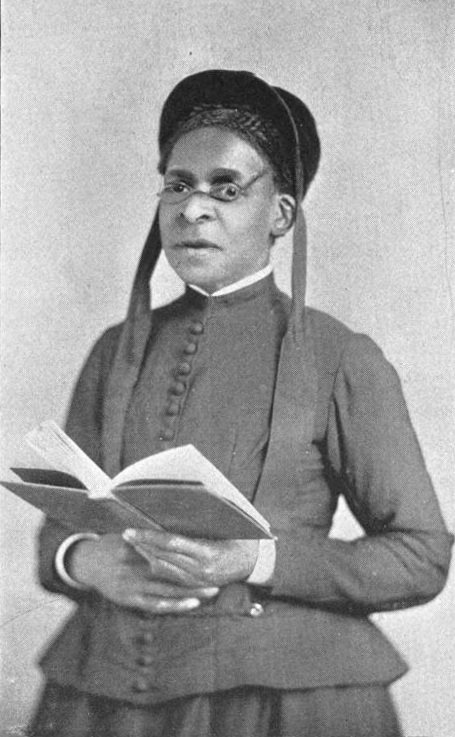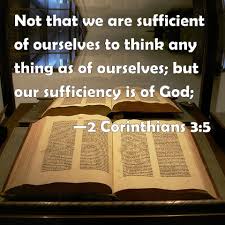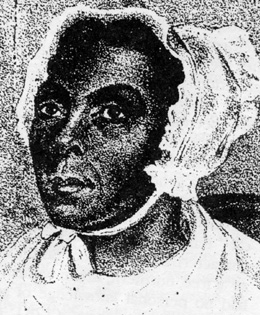African-American Women in America
Life for black American women in the last three centuries has taken many turns from slavery to emancipation and from obscurity to world-wide recognition. In spite of obtaining constitutional freedom, continued racism still affects black women economically, politically, and religiously.
In spite of the obstacles against them, many black women bravely follow their callings from the Holy Spirit to serve in the Church and society. From eighteenth century Philis Wheatley to twenty-first century women today, black women evangelists and preachers such as Jarena Lee, Sojourner Truth, and Amanda Berry Smith, Mother Eliza Davis George, Madam C. J. Walker, and Rosa Parks have made contributions in religion, missions, business, and culture.
We began this series by sharing the story of the first black female writer to be published – the poet Philis Wheatley. We continued our series with an emancipated slave who became a black itinerant evangelist, abolitionist, women’s rights activist and writer – Sojourner Truth. For the next few weeks we will relate the stories of black female preachers from the nineteenth century. Yes, you read this right – there were many courageous black women who preached as the Holy Spirit moved them. Many thousands of people were led to Christ through their ministries. Anyone – female or male, black or white, poor or rich, may share the Gospel (Galatians 3:28).
Jarena Lee (1783 – 1864) Part 1
And it shall come to pass. . . that I will pour out my Spirit upon all flesh; and your sons, and your daughters shall prophecy.(Joel 2:28)
Jarena Lee was born on February 11, 1783, in Cape May, New Jersey. Her parents were free blacks but were poor so they hired Jarena out at the age of seven to be a servant girl. We don’t know much else about her childhood.
At the age of twenty-one Jarena was converted to Christianity. She had undergone a long process of wretchedness and guilt, convinced that she was such a horrible sinner that God had forsaken her.
In 1804 she went to hear a Presbyterian missionary speak. Jarena tells in her autobiography what happened next, “At the reading of the Psalms, a ray of renewed conviction darted into my soul. These were the words, composing the first verse of the Psalms for the service:
Lord, I am vile, conceived in sin,
Born unholy and unclean.
Sprung from man, whose guilty fall
Corrupts the race, and taints us all.
This description of my condition struck me to the heart, and made me to feel in some measure, the weight of my sins, and sinful nature.”[1]
But Jarena had no one to tell her what she should do. Months went by. After undergoing temptations by Satan to destroy herself and a prolonged illness, Jarena had the opportunity to hear Rev. Richard Allen, a bishop of the African Episcopal Methodist Church. Up to this time she was aware of the wretchedness of her sinful condition but had not heard what to do about it. She decided to continue to worship with the Methodists and after about three weeks she was “gloriously converted to God.”
Jarena was enjoying the wonderful feeling of being right with God for some months when she began to realize that there was still much pride, anger, and self-will in her nature. She had not yet learned how to deal with this. God graciously sent “a certain colored man, by name William Scott” to visit her. William explained the way of sanctification to Jarena which she embraced. Now Jarena felt that she was able to resist Satan and lead a godly life.
About four or five years after this Jarena received her call to preach the Gospel. At first she thought that it was either her own imagination or the devil speaking to her. She decided to go and tell Rev. Richard Allen that she felt it was her duty to preach the Gospel. He replied, “But as to women preaching… our Discipline knew nothing at all about it — that it did not call for women preachers.”
Jarena was actually glad to hear this because it removed what she felt was a burden from her. However, later she wrote in her memoirs, “I found that a love of souls had in a measure departed from me; that holy energy which burned within me, as a fire, began to be smothered.” Jarena had let the “by-laws of church government and discipline” prevent her from following her calling. It would be eight years before she would again apply to become an official preacher.
In 1811, Jarena married Mr. Joseph Lee, Pastor of a Colored Society at Snow Hill. This town was about six miles from Philadelphia. As a wife, Jarena conformed to the marital mores of nineteenth-century American society. Therefore, though she was sad to leave her friends, Jarena moved with her husband who had charge of the congregation in Snow Hill. They had two children. Sadness filled Jarena’s life during this time. In the space of six years she lost five family members to death including her husband.
Now Jarena was left with two small children, aged two years and six months. She depended on God’s promise, “I will be the widow’s God and a Father to the fatherless” (Psalm 68:5). Friends came to her aid and she and the children were taken care of.
By 1818 eight years had gone by since Jarena had first received her call to preach. Returning to Philadelphia, she approached Bishop Richard Allen again and asked for permission to hold prayer meetings in her house. Bishop Allen granted her the permission and her house was filled when she began her meetings.
At this time it was allowable for women to exhort if they were invited to by the licensed preacher. This was to be done after the preacher completed his sermon and the preacher was to give the exhorter the text to be used.
Jarena got her chance to exhort a few months later. There came a time in 1819 when she attended a service at Bethel Church. The Rev. Richard Williams was to preach. Here in her own words is how Jarena began her preaching ministry:
“He (Rev. Williams) entered the pulpit, gave out the hymn, which was sung, and then addressed the throne of grace; took his text, passed through the exordium, and commenced to expound it. The text he took is in Jonah, 2d chap. 9th verse, — ‘Salvation is of the Lord.’ But as he proceeded to explain, he seemed to have lost the spirit; when in the same instant, I sprang, as by an altogether supernatural impulse, to my feet, when I was aided from above to give an exhortation on the very text which my brother Williams had taken.
I told them that I was like Jonah; for it had been then nearly eight years since the Lord had called me to preach his gospel to the fallen sons and daughters of Adam’s race, but that I lingered like him and delayed to go at the bidding of the Lord, and warn those who are as deeply guilty as were the people of Nineveh.
During the exhortation, God made manifest his power in a manner sufficient to show the world that I was called to labour according to my ability and the grace given unto me, in the vineyard of the good husbandman.”
Jarena sat down, frightened at what she had done. She was sure she would be expelled from the church. But instead, the Bishop rose up in the assembly and told how Jarena had called on him eight years before asking to be permitted to preach and that he had put her off. Now, he said, he believed that she was called to the work of preaching as much as any of the ministers present.
Now realizing the sureness of her call, Jarena began to exhort in public places though not in a church at first. She began in the home of a sister in her society with five congregants. Eventually Jarena would preach throughout New England, using Philadelphia as her home base. Her travels took her to Canada and out west to Ohio.
In 1836, Jarena wrote her first autobiography out of the conviction that others might benefit from hearing how the Lord had worked in her life to help her to lead others to Christ. She spent her own money to have a thousand copies printed, which she distributed at camp meetings, church meetings, and on the street. Later a second autobiographical work was completed in 1849, Religious Experience and Journal, which recounted events up to her fiftieth birthday. Unfortunately, after this nothing is known of her activities.
In spite of being a black woman, Jarena saw herself as an evangelist. She was concerned with the souls of lost human beings. She did not let her gender or her color keep her from preaching the gospel. It was her sense of purpose, strength of will, and integrity that led Jarena to be a part of the social reformation that was begun in the nineteenth century.
Nearly two centuries later Christians still question whether or not women should preach or speak in public places. Next week in Jarena Lee – Part 2, we will read from Jarena’s own autobiography how she saw her calling from God, and why she believed that women should share the Gospel.
[1]William L. Andrews, Editor.Sisters of the Spirit: Three Black Women’s Autobiographies of the Nineteenth Century(Bloomington and Indianapolis, IN: Indiana University Press, 1986) 27.
